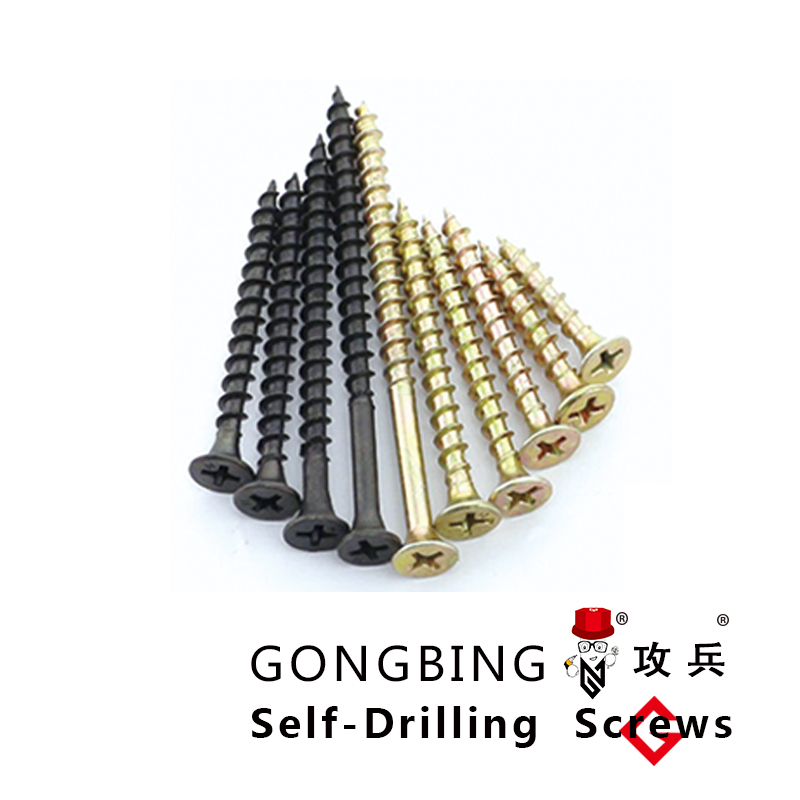Continuous Threaded Rod for Reliable Fastening Solutions in Construction and Engineering Applications
Overview of Continuously Threaded Rods
Continuously threaded rods, often referred to as continuous thread bar or all-thread rod, play a pivotal role in various engineering and construction applications. These rods are characterized by their continuous helical threads along their entire length, which make them essential components for creating strong, durable, and versatile fastening solutions. The seamless design allows for easy adjustment in length, making them ideal for numerous settings, from industrial applications to DIY projects.
Manufacturing Process
The production of continuously threaded rods typically involves cold rolling or cutting from larger diameter steel bars. High-strength materials such as carbon steel, stainless steel, or alloy steels are common to ensure durability and resistance to wear and tear. The choice of material depends largely on the application intended for the rod—structural requirements, environmental conditions, and corrosion resistance are primary considerations.
Following the raw material processing, the rods undergo threading. This can be accomplished using various techniques, including CNC lathes or threading machines, ensuring precision in the thread profile and consistent quality. The result is a rod that provides excellent tensile strength and is capable of withstanding high loads when appropriately anchored.
Applications
Continuously threaded rods are utilized across multiple industries due to their flexibility and strength. In construction, they serve as essential components in structural frameworks, anchoring systems, and tensioning applications. They can be found holding together beams and trusses in buildings or acting as anchor bolts in heavy machinery setups.
In the manufacturing sector, these rods are often employed in assembly lines for securing fixtures or as part of machinery setups. Their ability to adjust to various lengths enhances their usability for different operational requirements. Furthermore, sectors like automotive and aerospace also benefit from the reliability of continuously threaded rods, as they are used in securing engine components, bolts, and framework assemblages.
Advantages
continuously threaded rod

One of the primary advantages of continuously threaded rods is their adaptability. The continuous threading allows for easy adjustments, facilitating the requirement to maximize or minimize the rod's length as needed without the need for specialized tools or additional hardware. This feature simplifies the installation process and reduces the potential for error during assembly.
Another significant benefit is the uniform load distribution the continuous threads offer. Unlike standard bolts or screws, which can lead to stress concentrations, continuously threaded rods distribute loads evenly along their length. This characteristic helps prevent premature failure, promotes structural integrity, and enhances the overall safety of the installation.
These rods also exhibit excellent resistance to corrosion and wear when manufactured from suitable materials, making them suitable for outdoor and harsh environments. Coating processes, such as galvanization or the application of epoxy, can further enhance their protective qualities, prolonging service life and maintaining structural integrity over time.
Installation and Use
When using continuously threaded rods, proper installation is crucial. The rods typically require nuts and washers to create secure connections. The assembly of these components should adhere to torque specifications provided by engineers or manufacturers to achieve optimal tightness.
Moreover, the installation environment must be considered. In cases where vibration is prevalent—such as in machinery settings—anti-vibration methods should be employed. These may include using lock nuts or specialized adhesive products designed to prevent loosening over time.
Conclusion
Continuously threaded rods are invaluable tools in modern engineering and construction. Their unique design, coupled with their strength, adaptability, and resistance to environmental stressors, makes them suitable for a wide array of applications. Understanding their properties, manufacturing, and appropriate installation methods is critical for any professional or enthusiast engaged in construction, manufacturing, or mechanical engineering. As industries evolve, the importance of high-quality fastening solutions continues to grow, solidifying the role of continuously threaded rods in future developments.
-
Weatherproof Plastic Expansion Anchors for OutdoorNuachtJun.06,2025
-
Sustainability in the Supply Chain: Eco-Friendly TEK Screws ProductionNuachtJun.06,2025
-
Load-Bearing Capacity of External Insulation FixingsNuachtJun.06,2025
-
Double Head Bolts: Enhancing Efficiency in Industrial MachineryNuachtJun.06,2025
-
Corrosion Resistance in Chipboard Screws: Coatings for Wholesale DurabilityNuachtJun.06,2025
-
Butterfly Toggle Bolts : Enhancing Structural ResilienceNuachtJun.06,2025
